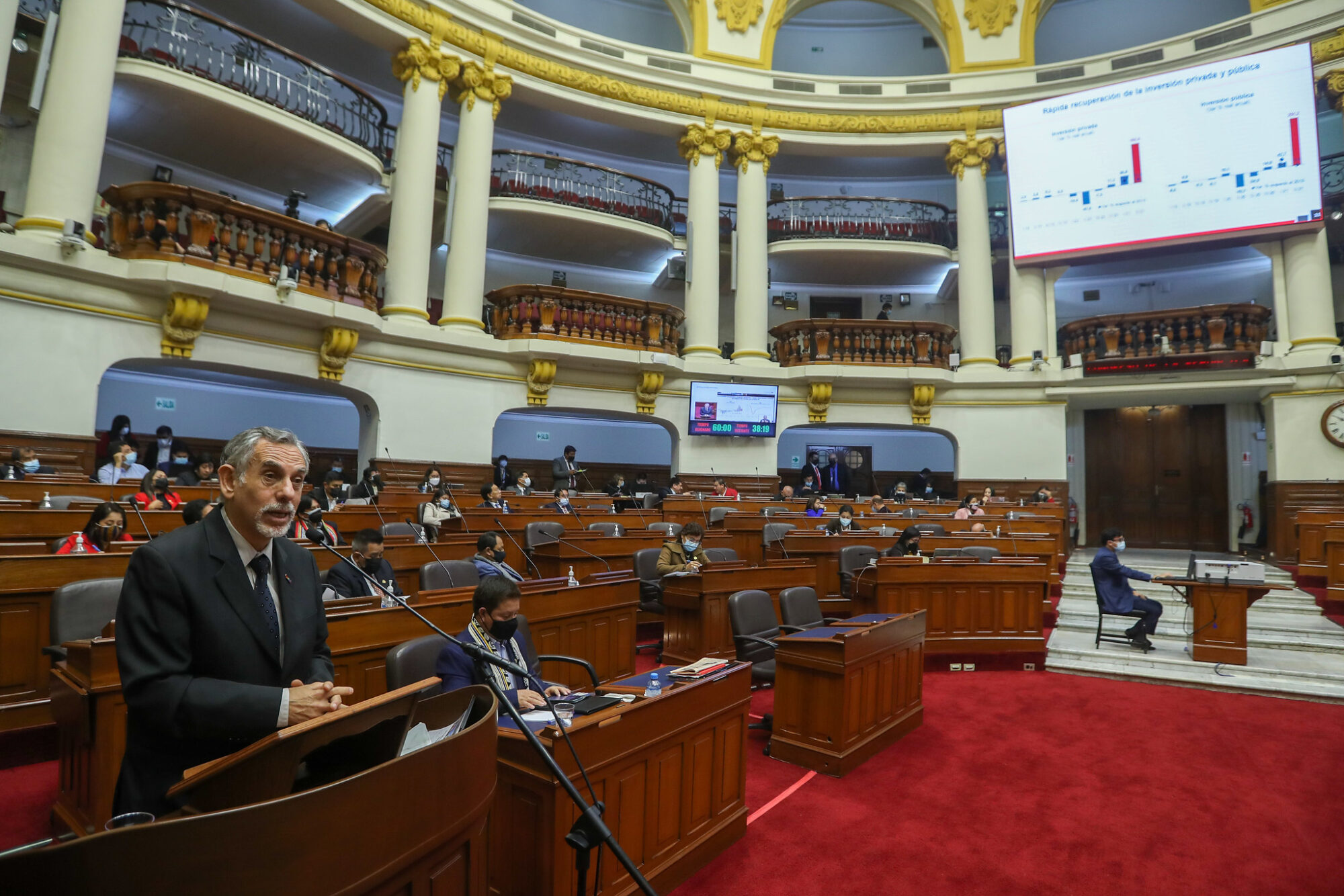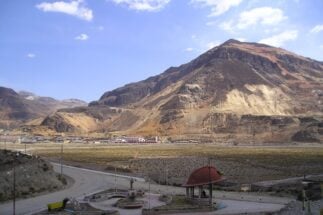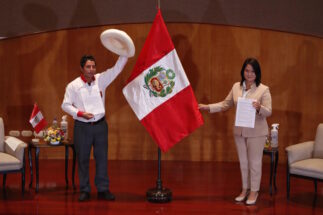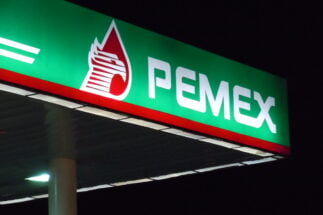As Peru has begun a new political chapter since President Castillo took office in July, its mining industry, too, looks to be entering a new era.
What are the characteristics of this new scenario? Firstly, a new cycle of high mineral prices has begun and, in some cases, reaching levels well above the so-called “supercycle” period (2003–2012). For example, in the first months of this year, the price of copper broke all records. It is important to mention this metal as, in recent years, Peru has doubled its production, and has become the second-largest copper producer in the world. With the current prices, the producing companies (British and Chinese consortiums are among the main investors) must have already recovered their investments and, therefore, will start to pay income tax.
How long will this new cycle of high mineral prices last? It’s difficult to predict. Perhaps it will not be as long as the previous cycle, although all indications are that it has a few more years to run. If we did not have to recover all that was lost in 2020 as a consequence of the pandemic, the Peruvian economy would already be entering a new expansionary cycle.
In May this year, tax revenues recovered to pre-pandemic levels and even started to be above what was collected in 2019. Everything indicates that the Peruvian state will begin to have higher tax revenues in the coming years. Mistakes have been made in the past – such as not implementing a tax reform or not imposing taxes on mining surpluses during periods of mining boom. From now on, these revenues must be boosted even further and, above all, sustained. This would be a great relief for the Peruvian economy and could begin to strengthen the budgets for health and education, among other areas of social spending.

The government and, in particular, the Minister of Economy and Finance, Pedro Francke, have announced that a tax reform will be implemented, which will be supported by organisations such as the International Monetary Fund and the World Bank. The immediate response from business has been to oppose the reform that proposes a higher levy, arguing that it will affect the competitiveness of sectors such as mining, that investments will stop coming and that there is already an adequate capture of income under the current tax regime. It should be remarked that six mining companies, among them international firms, benefit from tax stability agreements signed with the Peruvian state, which mean that the tax regime will remain unchanged for them during the term of these contracts.
Peru has long been one of the countries with the lowest tax burdens in Latin America (7% below the regional average) and the only country in the Pacific Alliance, the market-oriented regional bloc, that did not implement a single structural tax reform in the post-supercycle period. It would be a mistake to choose an “autopilot” policy again, in a context in which the prices of its main export products – minerals – are on the rise.
Will a tax reform scare off mining investments? Unlikely, as Peru is the country with the lowest production costs in its copper mines: its deposits and projects in the pipeline are still very attractive to investors.
It would be a mistake to choose an ‘autopilot’ policy again, in a context in which the prices of Peru’s main export products – minerals – are on the rise
This is the case for China, which for more than a decade has consolidated its position as one of the main investors in the world mining industry, and in Peru in particular. As is well known, the first wave of Chinese investment came in the 1990s, with the purchase of the iron ore operations in Marcona; subsequently we received a second wave of investment from the middle of the first decade of this century, in projects such as Chinalco’s Toromocho, and the purchase of Las Bambas by MMG and Minmetals, in addition to several projects that are in the exploration phase.
In this new context of high prices and strong pressures to move forward with new projects, Peru needs to address several pending mining issues. This task has economic components, such as taxation, but also environmental, social and cultural ones. Peru has become one of the countries with the highest rates of social conflict linked to mining operations.
In Peru, various social conflicts exist around deficits in mining governance and pending reforms of state institutions and public policies. Building governance and bridging governance gaps are the challenges that the different actors involved in mining must take on.








